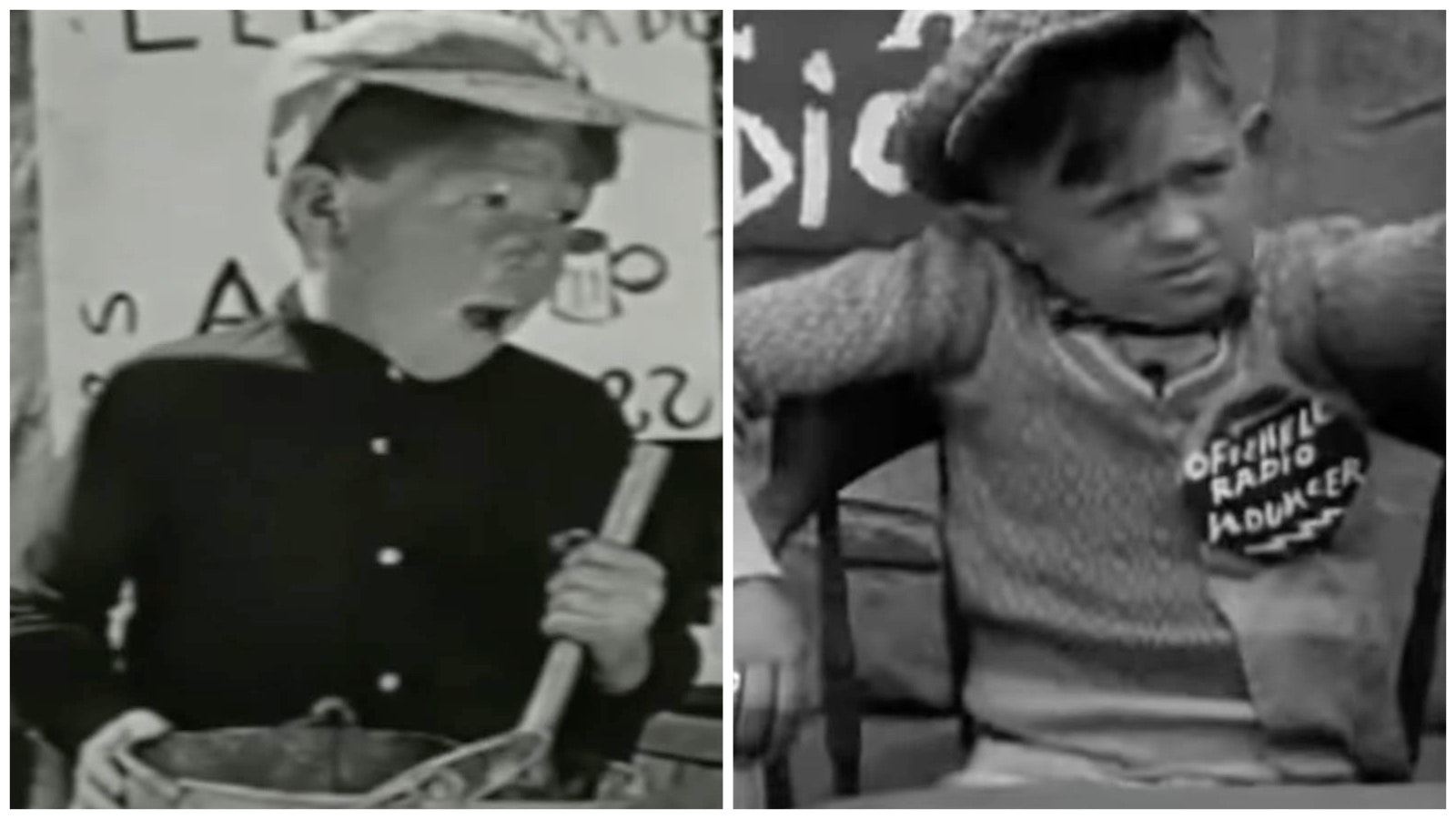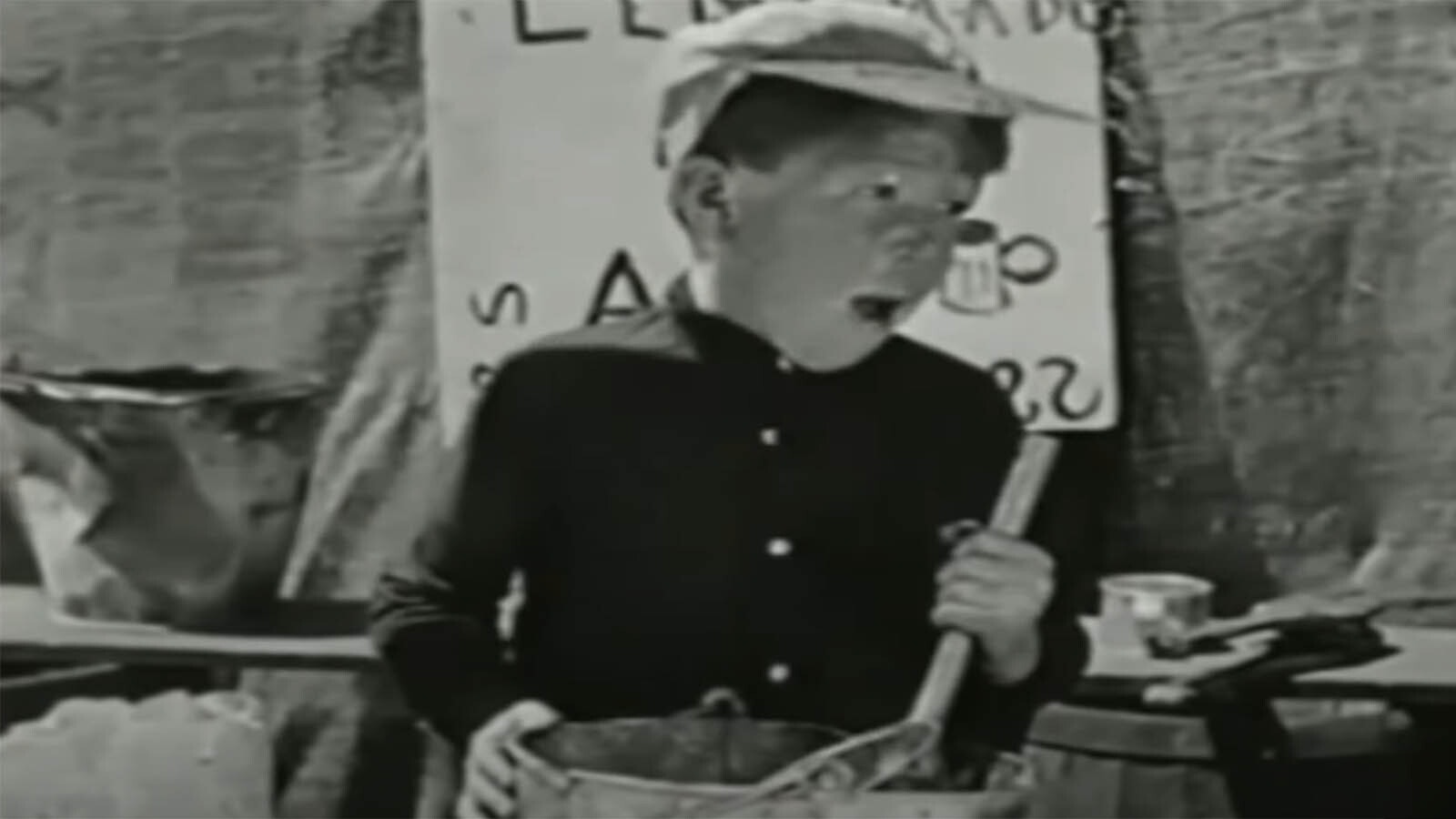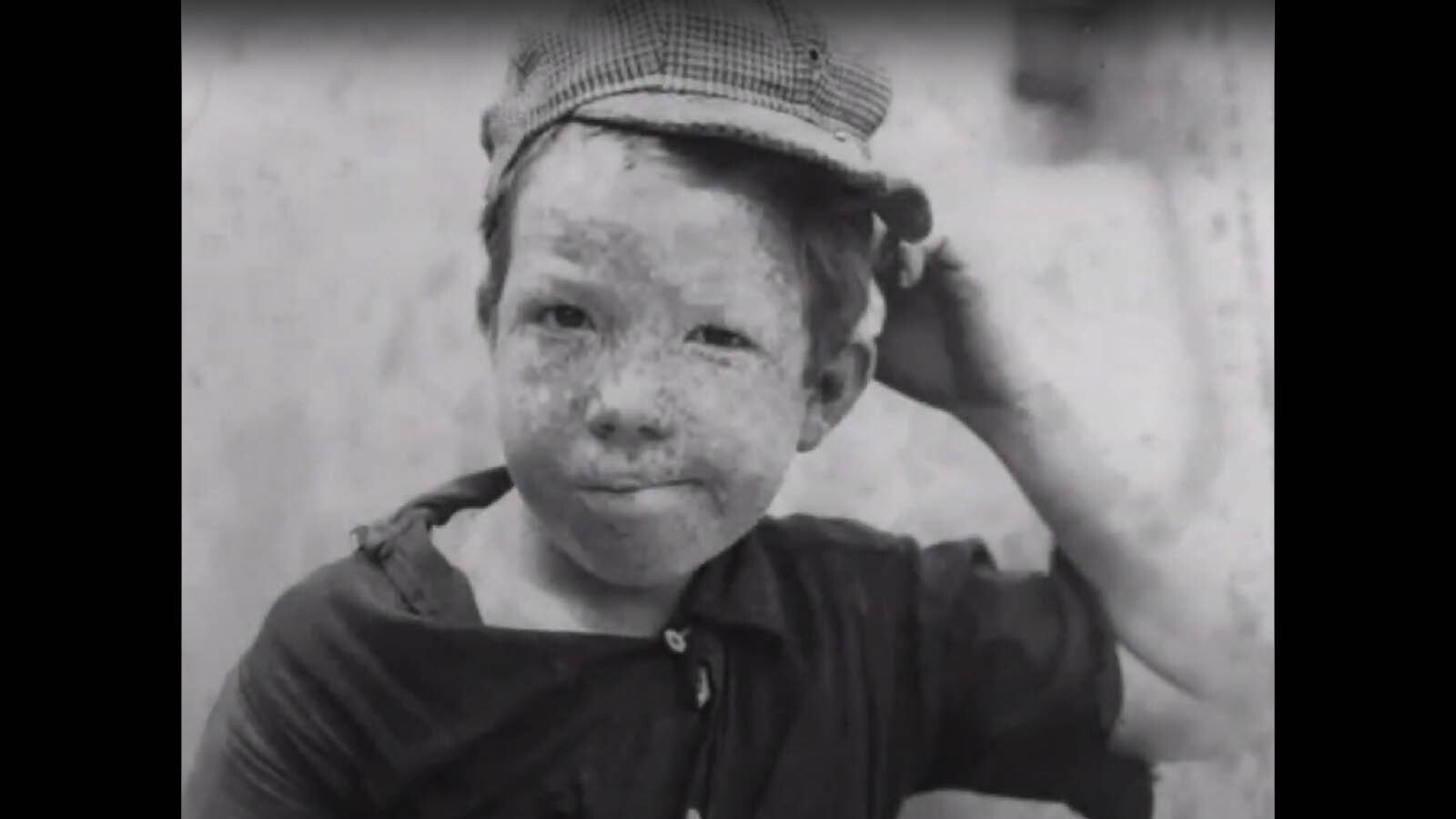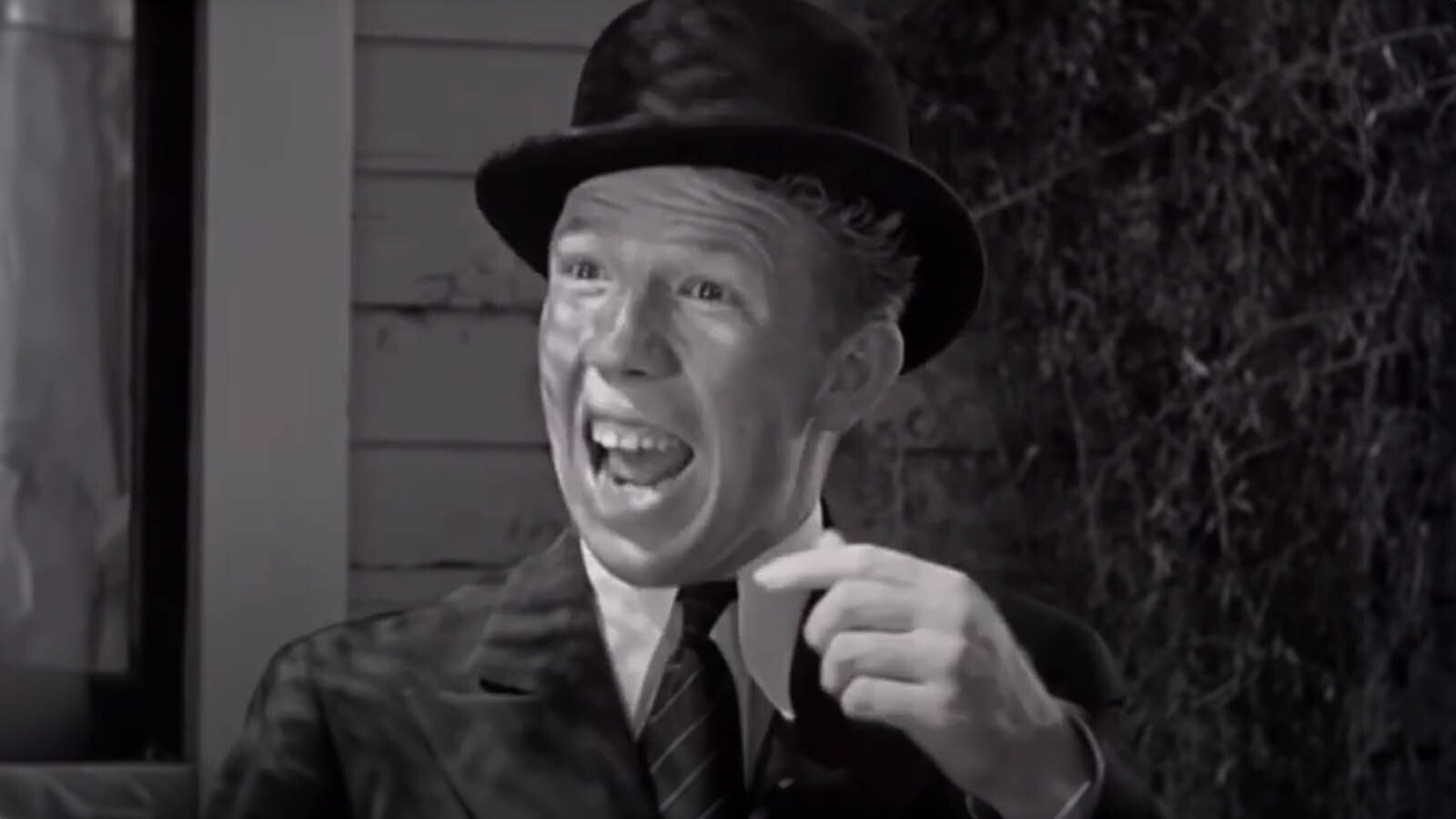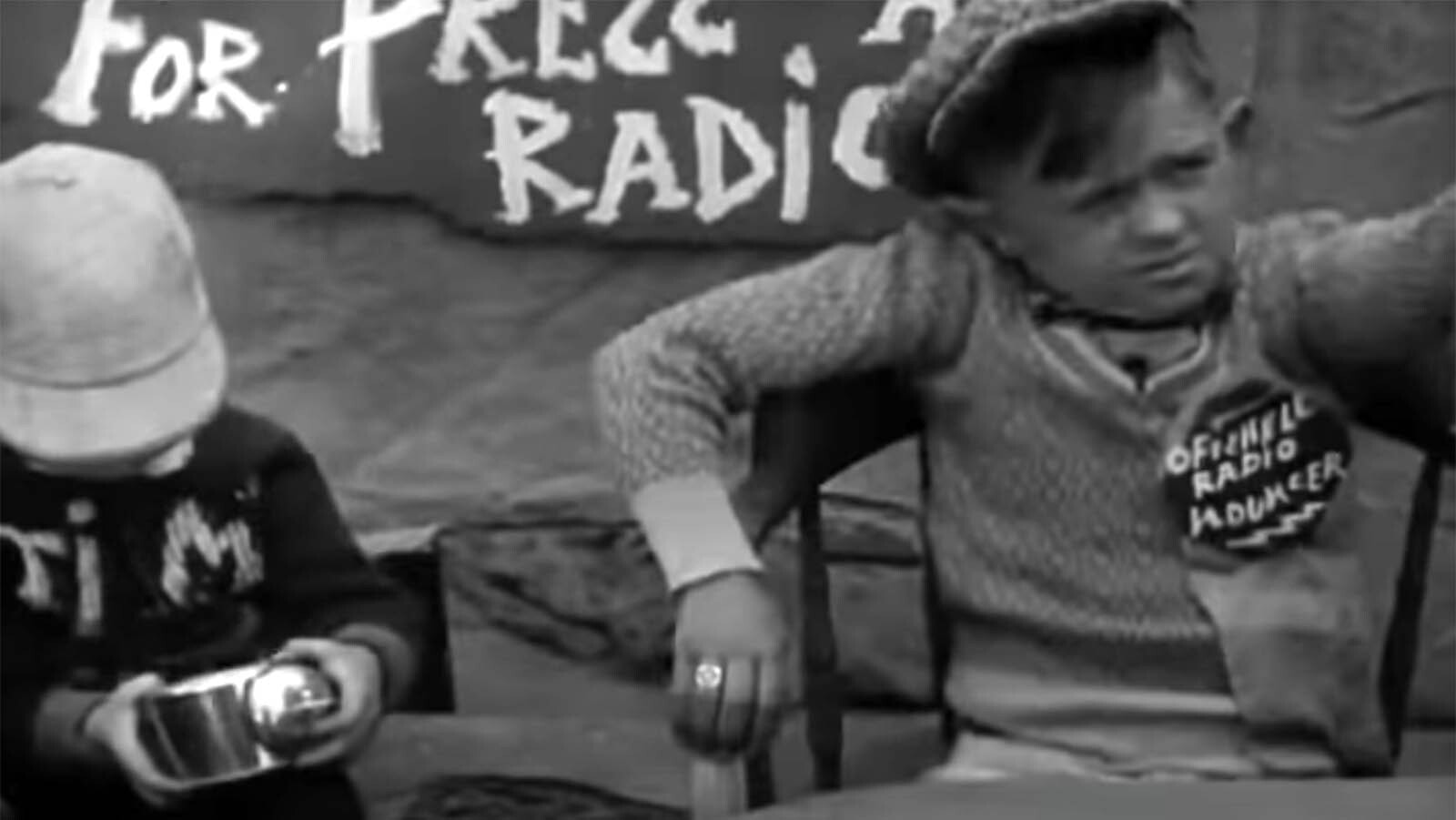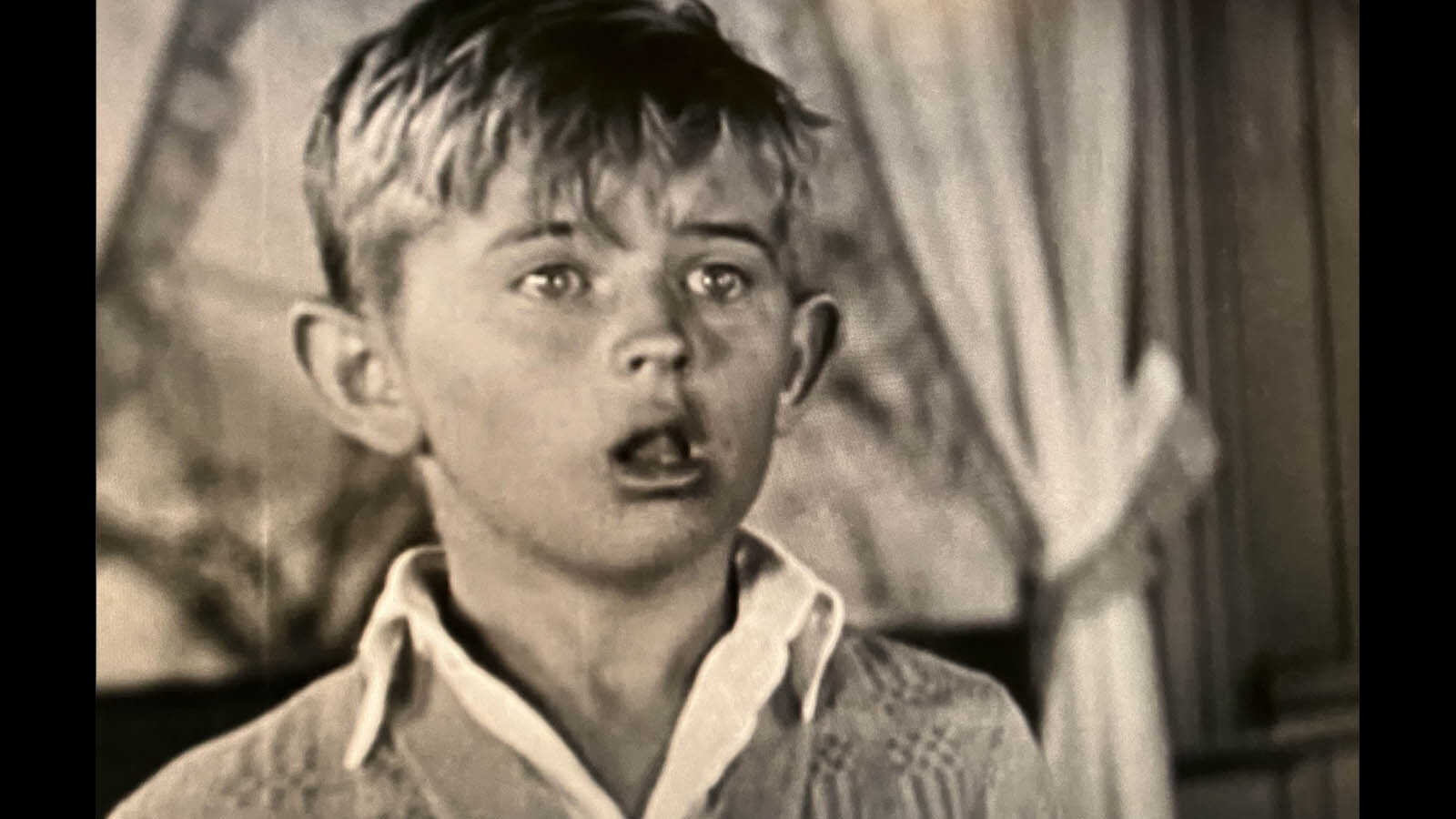Fame does not always bring fortune and tragedy does not have to end in despair.
Maybe these are lessons learned a century ago when two boys born in Wyoming found themselves under the spotlights in Hollywood when a producer named Hal Roach launched a series of short comedy films titled “Our Gang.”
While many from the Greatest Generation and Baby Boomers are familiar with “Spanky,” “Darla,” Alfalfa” and “Buckwheat” through TV syndication in the 1950s through 1970s as the spinoff “Little Rascals,” the “Our Gang” group started in the silent film era and brought their childhood antics to movie theaters, then made the transition to talking films.
Among those early actors were Richard “Mickey” Daniels, born Oct. 11, 1914, in Rock Springs, Wyoming; and Robert “Bobby” Mallon, born April 7, 1919, in Greybull. Daniels was the son of an actor. Mallon was the son of a railroad fireman who died in Wyoming’s most famous train wreck.
Both were part of a legacy of film shorts that still draw fans as they are replayed on YouTube and other platforms.
Golden Age Of Comedy
Jonathan Kuntz, a retired film historian and lecturer at UCLA, told Cowboy State Daily that the “Our Gang” shorts created by Hollywood producer and director Roach were part of the “golden age of comedies.”
And Daniels, with his distinctive freckles and “very appealing funny-looking face” not only appeared in the “Our Gang” shorts, but in other films with famous comedians of the era.
“Mickey actually appears in several Harold Lloyd and one Charlie Chaplin feature films,” Kuntz said. “And Hal Roach was the great comedy short producer of the 1920s. So, they are right at the center of the golden age of cinema.”
Daniels was the son of Richard Daniels, a vaudeville actor who would later appear in films with his son. The Daniels family had 11 children, and the future child star was the ninth. “Mickey” was discovered at a young age at a talent show in Rock Springs by Eugene Kornman, who did still photography for Roach.
The Daniels and Kornman families became friends. Kornman’s step-daughter, Mary Kornman, would be part of the “Our Gang” troupe as well, and together she and “Mickey” would take leading roles during their time making the childhood comedies. They would also later star in a Roach series called “The Boyfriends” in the early 1930s.
“(Mickey) is right there at the very beginning, and he and Ernest Morrison, Sunshine Sammy, are pretty much the leaders of the gang in the early years and they kind of carry the films just as Spanky and Alfalfa would in the 1930s,” Kuntz said. “Mickey, I think, is in the very first ‘Our Gang’ short.”
Career Started At 8 Years Old
Daniels reportedly started his acting career in 1922 at age 8 and finished his time with the “Our Gang” shorts when he was 12 in 1926.
During that time, he appeared in 58 of the Hal Roach studios short films and would go on to appear in 22 other shorts and films in the talking era, doing his last one in 1941. His name also can be found in 1930s newspapers from around the nation in connection with a vaudeville act playing off his “Our Gang” roles.
Bobby Mallon
Robert “Bobby” Mallon was born in Greybull in 1919, before his parents, Oliver Francis Mallon and Amy Elizabeth Draper, were married in 1920. His father “Ollie” Mallon, a native of Ogden, Kansas, was employed with the Chicago, Burlington and Quincy Railroad in 1923 and may have been part of the railroad in previous years.
Bobby Mallon’s father was working as the fireman on the Casper to Denver train Sept. 27, 1923, that plunged into Cole Creek just west of Glenrock, leaving the family without a husband and father.
Kuntz said it would be interesting to know how Mallon ended up in Los Angeles.
“He seems to have been a much more minor character. He is more of a tag-along character,” Kuntz said. “He is in the 1929-30 sound films and he almost never speaks. Every one of the other characters gets a line. I guess his most famous line is in ‘Schools Out’ where he stands up in class and gets a closeup and a line about how Nero should have brought water to put out the fire while Rome was burning.
“That’s one of the few times you could see a closeup of him. He kind of had the jug ears, but he seems to have been phased out by 1930. His career was nothing compared to Mickey’s career.”
Mallon also is featured in the 1929 “Our Gang” short “Boxing Gloves,” where he’s a sports announcer ringside giving the play-by-play of a “championship” boxing match between a pair of overweight kids who fall down more than they punch.
Kuntz said both Daniels and Mallon were part of something significant in terms of the American culture in a time that the Ku Klux Klan had peak influence across the United States.
“’Our Gang’ presented a fully integrated world in the 1920s-30s,” he said. “Where black kids played alongside white kids and went to school with them.”
No More Acting
Mallon would never go back to show business after his childhood gig was over. He served in the U.S. Army Air Corps during World War II and married Beatrice Pearl Berger.
They would have a daughter, Judith Maureen Mallon Rojas, who died in 2010. He died in 2008, one of the longest living of the “Our Gang” ensemble. He is buried in a Simi Valley, California, cemetery not far from the Ronald Reagan Presidential Library.
Mallon’s mother would marry again in 1930 to a man born in Sheridan County, Wyoming, named George Scott Reed. They lived in the Los Angeles area until their deaths in 1989 and 1988, respectively. Both are buried in Nevada.
The tragedy of the 1923 train wreck was to some degree overcome.
That ‘Braying Laugh’
As for Daniels, Kuntz said one thing distinctive about him was the laugh that he developed. Kuntz characterized it as a “weird, kind of funny braying laugh” that was recorded and reused in cartoons for animals. The film historian also sees parallels between Daniels and another famous childhood actor named Mickey — Mickey Rooney.
“Mickey Rooney, also is a child star in the late ’20s in his own series, right around the same time … it’s almost like he is copying Mickey Daniels,” Kuntz said. “But then he is able to parlay that into an acting career for the rest of his life. Of course, Mickey Rooney was tremendously talented, and I think Mickey Daniels was kind of limited. But still, it’s kind of surprising that he didn’t find more of a comedy niche in the 1940s.”
From Acting To Construction
When Daniels left show business, he turned to the construction engineering field that took him to Europe, Pearl Harbor and Africa.
A niece interviewed about her uncle characterized him as a funny man who loved to smoke cigars and drink.
In late 1966, an Associated Press reporter tracked him down in Tasmania where he was a materials supervisor for the Bechtel Pacific Corp. at an iron ore mine.
Kuntz said what makes a child actor fit a role often does not last into adulthood, and the transition can be tough.
“Mickey is 8 years old and becomes a movie star, and by the time he is 12 he is considered over the hill,” he said. “He does continue on into his early 20s doing some acting parts, but his kind of exaggerated look fades by the mid-to-late ’30s, and so does his film career.
“His later life, how could it every match up to what happened to him in the 1920s and ’30s?”
Kutnz said that by the end of his life, Daniels apparently lost all contact with his Hollywood friends as well as his family.
By 1967, Daniels is reported to have worked as a driver for Red Top Taxi in San Diego. He had become a chronic alcoholic and died in a transient hotel there in 1970 at age 55. The diagnosis was cirrhosis of the liver.
“He died pretty much alone,” Kuntz said.
His cremated remains would be unmarked for years until fans raised some money to put a headstone over his grave at Forest Lawn Cemetery in Glendale, California.
Dale Killingbeck can be reached at dale@cowboystatedaily.com.

